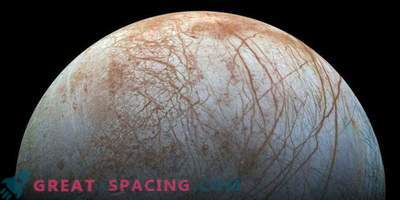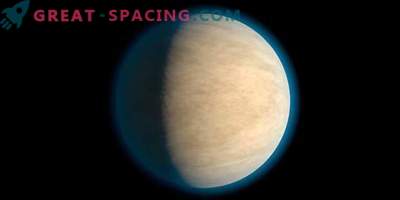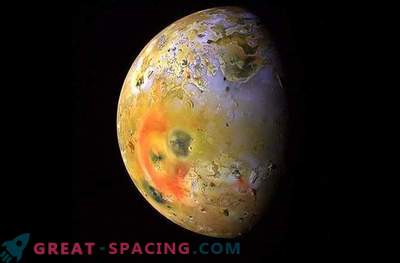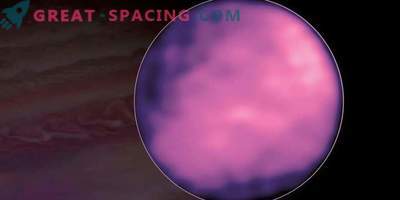
Possible spectroscopic picture of the vortex in Europe. This is an example of the information that the Webb telescope is capable of obtaining
It is planned that the future Web Telescope, James Webb, will use the infrared capabilities to explore the ocean worlds in our system. The main targets will be the satellites of Jupiter and Saturn.
The priorities are Europe and Enceladus. The goal of the telescope is to study planets capable of uncovering the origins of life. But these are not only exoplanets, because the solar system still hides many mysteries.
The most interesting thing will be to study the water jets that are pulled out of the surface of Enceladus and Europe. It is believed that a mixture of water vapor and chemicals is contained inside. Earlier, the missions of Cassini, Galileo and Hubble reported that these jets appear due to geological processes that heat the subsurface oceans.
Simulation displays possible spectroscopic indices of European water jets
It is planned to use Webb's infrared camera to take high-resolution images that will help to much better explore the surface and find areas with elevated temperature. As soon as scientists find a whirlwind, they will apply a spectrograph and an IR-range instrument. While these vortices represent a real mystery. Is it water ice or hot water? What is the temperature during the release? Telescope will answer with maximum accuracy. Enceladus is 10 times smaller than Europe, so for her to take high-resolution pictures will not work. But the telescope can still analyze the molecular composition of the jets and surfaces. Most of the landscape has already managed to display the Cassini apparatus, which for 13 years studied Saturn and its moon.
Although scientists are going to use the device to search for organic signatures, they are not sure that they will be able to catch one of the short-term emissions.
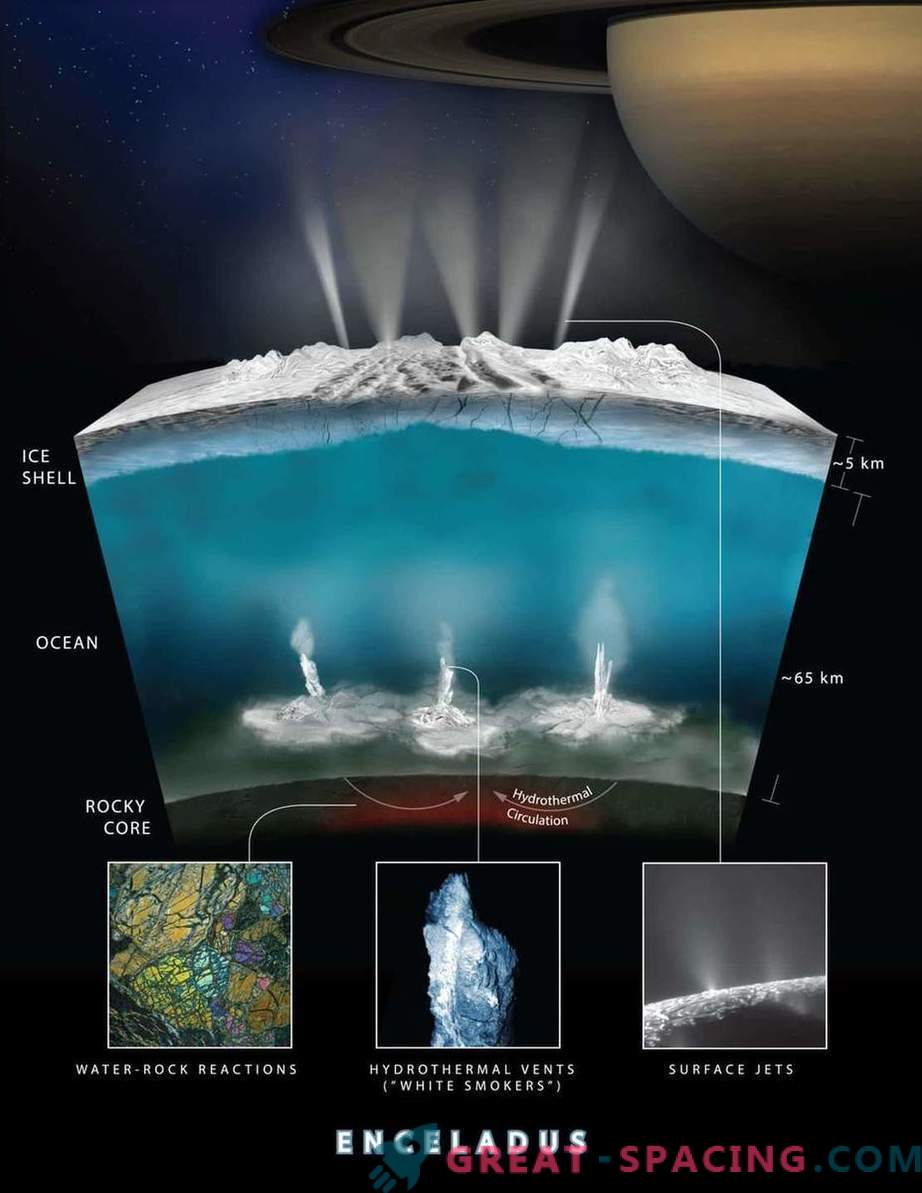
This is a cross-section of Enceladus bark, where hydrothermal activity is visible, leading to water jets
Finding the presence of life in the jets is even more difficult. Chemical imbalance can be a sign of the activity of microbial life, but also can indicate a simple geological process.
The telescope of James Webb can not say for sure whether there is life, but he is able to study as much as possible the active parts of the satellites, which can later become targets for detailed research. The launch of the telescope is expected in 2018. It will be the addition and continuation of the Hubble mission.





